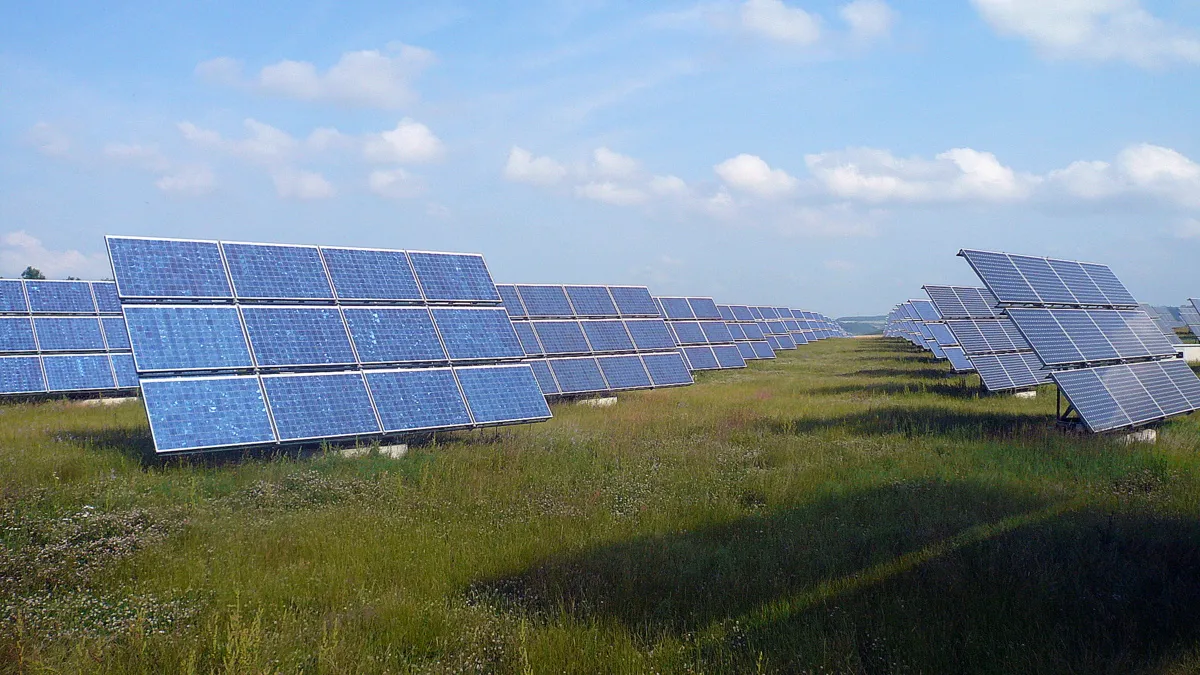If recent events are any indication, 2013 may be the year we all look back and say opponents lost their fight against renewables.
Here are five of the most astonishing reasons why.
1. THE TEA PARTY PUSH
Even the Tea Party is demanding renewables. This June, the Atlanta chapter of the Tea Party challenged Southern Company’s Georgia Power to produce more solar power and cut spending for new reactors at Plant Vogtle. This rare pro-solar move by far-right GOP veterans may have more to do with disbanding Georgia Power’s monopoly, but the Tea Party is gunning for a sizable 500MW of solar power which symbolizes an intensifying ideological shift in support of renewables. “I believe if Georgia Power does not do this, they’re going to suffer financial harm in the future. And it’s in all of our best interests to keep Georgia Power healthy,” a former utility commissioner Tim Echols told the Atlanta Journal Consitution.
2. RPS, TAKE TWO
This year, opponents in at least 20 states gathered forces to rollback Renewable Portfolio Standards (RPS) requiring utilities to seek a certain percentage of renewable energy. But so far, they have had little success. And in some states such as California, lawmakers are looking to de-limit the expansion of renewables altogether. Now with U.S. legislative sessions winding-down for summer, opponents have virtually no chance to disband mandates in 2013.
3. SUPPORTERS ARE REACHING ACROSS THE AISLE
Renewables are rapidly gaining bipartisan support rather than being the rallying call of granola-eating liberals alone. One word explains this reality: jobs. With federal tax credits to support wind power production, both Democrat and Republican officials are getting behind renewables. Though global investment in renewables has declined in the last two years from $279 billion in 2011 to $244 billion in 2012, jobs in the solar industry, for example, have shot up from 15,000 in 2005 to nearly 120,000 now. "Solar energy is driving economic and job growth from coast to coast,” says Carrie Cullen Hitt, senior VP of state affairs for the Solar Energy Industries Association.
4. THE BIG APPLE IS ON BOARD
New York got close to passing a solar bill that will crank out 2,200 MW of solar by 2023, enough energy for 400,000 homes. Nearly 90% of New Yorkers support solar energy which is consistent with national polls, and New York’s solar spending has increased by 91% from 2011 to 2012, with $257 million invested last year. In addition, Consolidated Edison, Inc., one of the largest private-own utilities with $40 billion in assets, will invest $450 million in renewable energy over the next three years.
5. BUFFETT IS IN IT TO WIN IT
Warren Buffett has been betting on renewables for a few years now. So it wasn’t a big surprise when Berkshire Hathaway’s MidAmerican Energy Company announced the purchase of NV Energy in May with the goal of expanding its solar and wind projects. Earlier this past May, MidAmerican announced a $1.9 billion, 1,050 megawatt wind generation goal to set up 656 new wind turbines in Iowa by year-end 2015. “We believe renewables is the better investment right now,” said MidAmerican’s Chief Financial Officer Patrick Goodman told utility leaders. The Des Moines, Iowa-based MidAmerican has invested $6 billion in wind since 2009 and $3 billion in solar in 2011.
Would you like to see more utility and energy news like this in your inbox on a daily basis? Subscribe to our Utility Dive email newsletter! You may also want to read Utility Dive's look at 5 ways utilities can get a better handle on cybersecurity.














